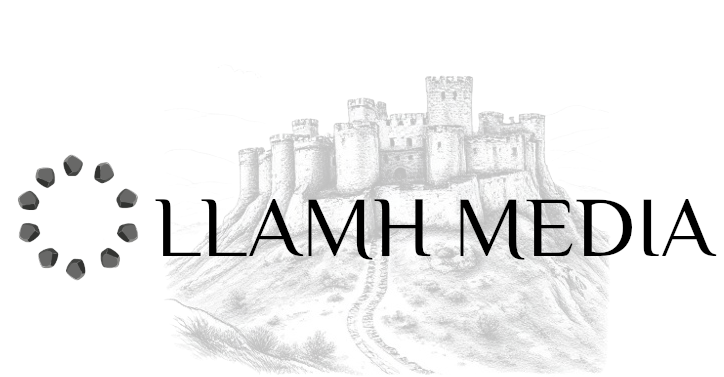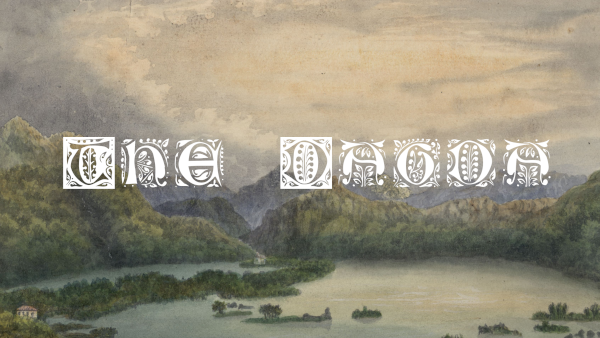“The club-wielding chief of the Irish Tuatha dé Danann.”. The Dagda was considered to have power over both life and death and was associated with fertility, agriculture, magic and Druidry.
The Dagda was a highly skilled personality and wise beyond measure. He is associated with life, death, the changing of the seasons, agriculture, fertility, magic and druidry as well. The Dagda possessed three sacred treasures, a plentiful cauldron, a club in control of life and death and a harp that controlled the actions of men as well as the changing of the seasons. He could be found at Brú na Bóinne with his many children and lovers.
The Characteristics of The Dagda
The ancient Irish knew The Dagda as “the good or great”. This was reflected in his name which is said to mean “shining”. He was also known as “Eochaid Ollathair”, which means All-Father, which reflects his position within the Celtic pantheon. The Gaelic people believed that the Dagda could set seasons in order by playing his harp, kill or resurrect a man with his club and provide a generous harvest with his cauldron. For instance, the Gaels believed him to be a druid, who possessed mastery over the mystical elements of life.
He was described as a giant of a man, awkward and rather dishevelled. However, this did not take away from his handsome appearance.
Family and Residence
The Dagda resided at Brú na Bóinne, with the ancient monument of Newgrange signifying his association with the changing seasons. In regards to his family, the literature confirms that the Gaels saw him as the chief of the Tuatha dé Danann. He had many lovers, which included the fearful Morrigan. His brothers were Nuada and Oghma, who were both respected as reverent personalities in their own right.
His Origins
The Lebor Gabála Érenn explained in detail the coming of the Tuatha dé Danann. For instance, the author explains this group came from four cities north of Ireland, where they learned the arts and sciences of their time. At this time, the Dagda was their chief.

